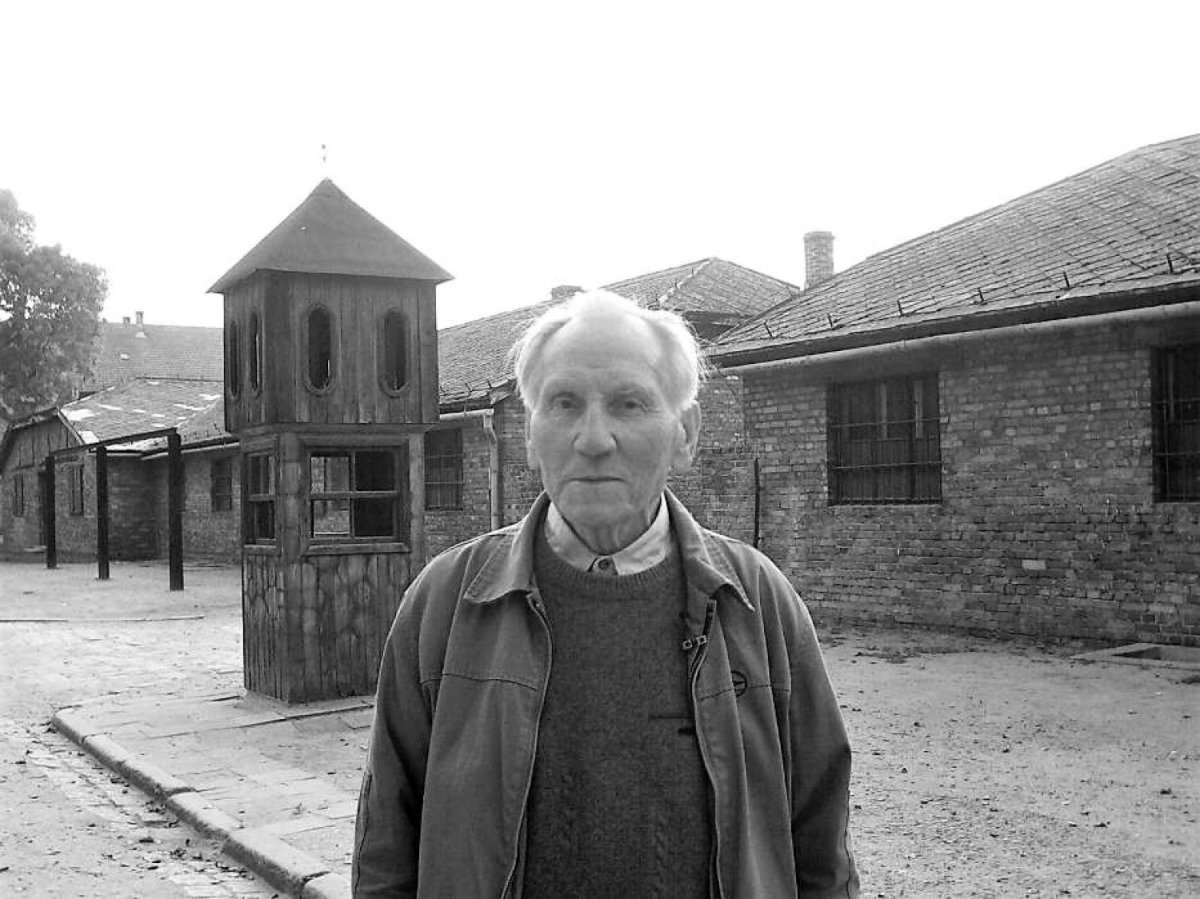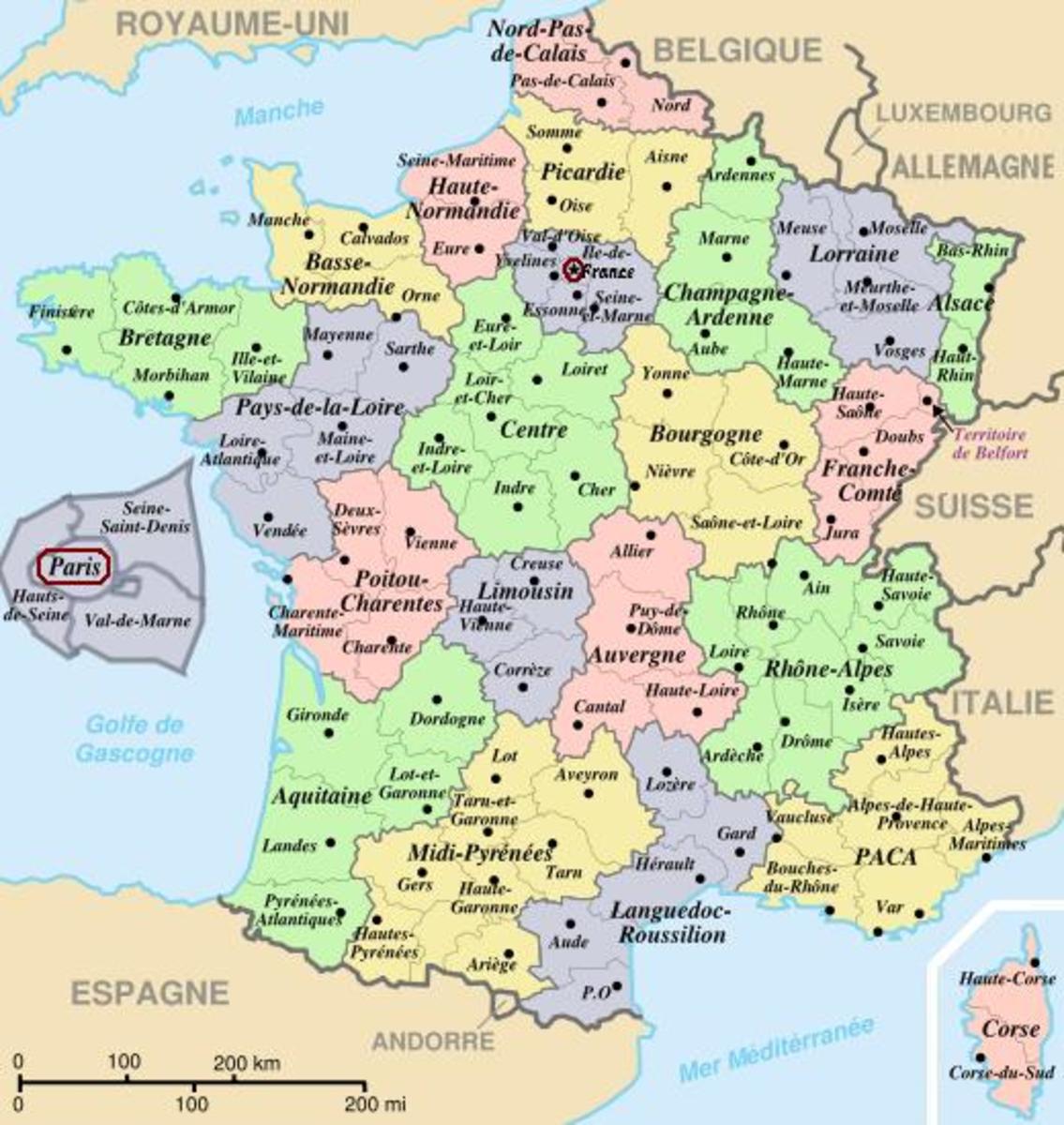The French Riviera and the real Man in the Iron Mask
Of all the immediate associations most often made with the Cote d’Azur, or French Riviera as it is best known to Americans, prisoners, particularly prisoners wearing iron masks, are probably among the least frequent. Monastic life might be a close second.
Of the two inhabited islands in the Bay of Cannes, however, one, St. Honorat, has been a monastery for fourteen centuries, and the other, Île Ste. Marguerite, is most famous for its fortress prison and the prisoner, “The Man in the Iron Mask,” made famous by Alexandre Dumas in Le Vicomte de Bragelonne ou Dix ans plus .
The cell in which the prisoner was kept has been preserved, but like so much of his dubious history is masked in mystery. Of the entire island, the interior of the cell is the only site that I was prohibited to photograph. Worse, I was allowed to enter alone, with my camera, and to stay as long as I liked.
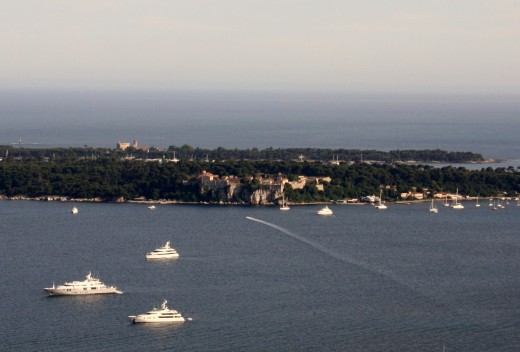
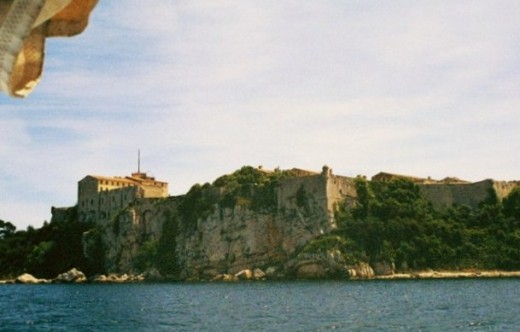
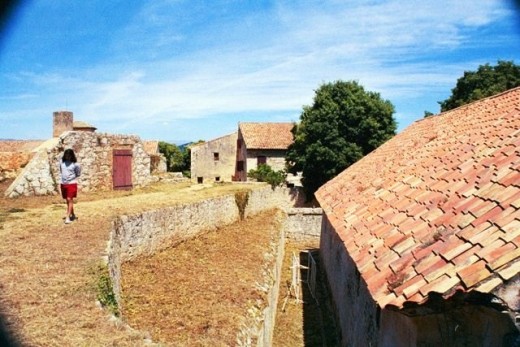
Who was that masked man?
It was a test of willpower, but you will notice that I have no pictures of the interior of the cell.
The prisoner was arrested in 1669 or 1670 for an unspecified crime. Instructions to his jailer identified the prisoner as “Eustache Dauger,” but the name appears to have been written in a different hand than the rest of the document. At his death, the prisoner was identified as “Marchioly."
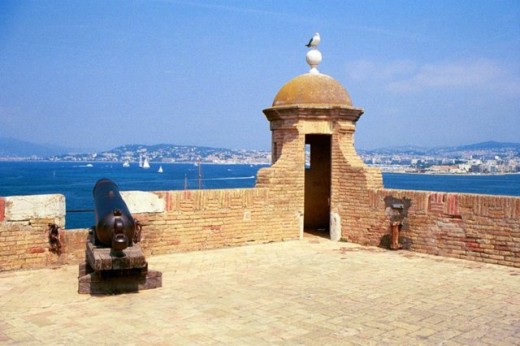


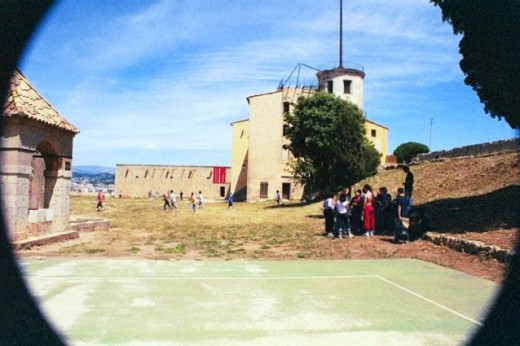
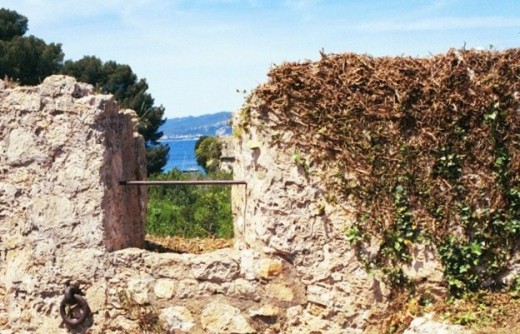
The Alps, The Riviera and Paris
For the next 34 years, his jailer, Benigne Dauvergne de Saint-Mars, kept him in his custody, first at the Pignerol fortress (as it was called when it belonged to France) now known by its Italian name, Pinerolo. From Pignerol, southwest of Turin in the Italian Alps, he and his jailer transferred to the Fort Royal on the Mediterranean island of Ste. Marguerite, the larger of the two inhabited Lérins Islands in the Bay of Cannes. He stayed at Ste. Marguerite from April 1687- April1698, when he was transferred to the infamous Bastille in Paris, where he died in September 1708.
Apparently, Voltaire was the first—in 1771— to describe him as wearing an iron mask. Contemporary eye-witness accounts describe his mask as black velvet. It also was Voltaire who first suggested that the prisoner was the illegitimate older brother of the reigning king, Louis XIV.
About 70 years later, Alexandre Dumas, who also wrote about the famous prisoner in the Chateau d’If on an island off Marseilles, picked up on Voltaire’s description in for his tale of Philippe, the King’s twin brother, who was kept isolated so that he could not reveal his identity and challenge his brother.
For all the speculation, and despite what Voltaire thought (and therefore was), most of the factual information we have comes from journals and letters written by his jailers.
Nonetheless, I find the Fort Marguerite fascinating, and I never look at it without thinking that that is where the Man in the Iron Mask, one of the most enduring mysteries of French history, was held prisoner for more than a decade.
Today, there is little to see in the cell, most interesting are the window that looks out over the Bay toward the Cap de la Croisette and Antibes and a large drawing on the wall with no explanation of how long it has been there or who might have drawn it. Stories about the prisoner invariably include the detail that his cell was completely cleaned out when he departed. It is bare of furniture today, but that proves nothing. The custom of the time was for the wealthy prisoners to provide their own furniture, and those who could not afford it were provided what other prisoners had abandoned or whatever was lying about in the lumber room. The cells were cleared out when the prisoner vacated it.
Records indicate that the prisoner’s jailer provided his clothing, food and furniture, and that they were superior to what other indigent prisoners were provided. Some cite that as evidence that the prisoner was of noble birth. To me, it seems likely that the jailer who often shared meals with him might have taken a special interest in his “companion” of 34 years.
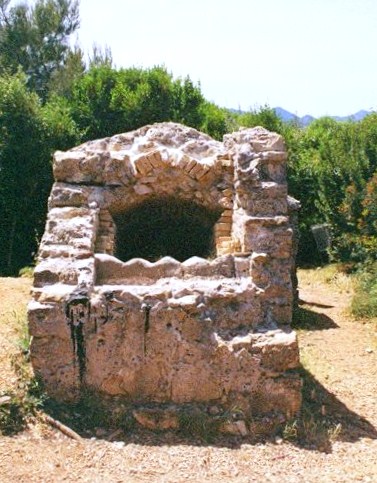
Île Ste Marguerite was known to the Romans, who called it Lero, and other traders—especially Saracens who enjoyed the odd raid/massacre as they passed through— along the Mediterranean. The Museum of the Sea includes relics and information regarding the Roman and Saracen vessels that sank with their cargo nearby. The island’s current name probably derives from the island’s chapel dedicated to Saint Margaret of Antioch. An early ecclesiastical writer told the apocryphal tale that the sister of St. Honoratus (Honorat), who established a monastery on the neighboring island named after him, had started a convent on the island named after her. The reliable sources I have seen do not mention a sister.
Early in the 17th century, the Duke of Chevreuse bought the island, and Cardinal de Richelieu began construction of the fort that would become Fort Saint Marguerite, also known as Fort RoyaI.
In 1635, the Spanish seized both Ste. Marguerite and St. Honorat. Both returned to French control shortly after, but the Spanish influence is recalled in the island’s Pointe du Dragon, a corruption of “Aragon.” Both islands also retain “fours a boulet,” installed at the direction of former artillery officer Napoleon Bonaparte, two on St. Honorat and four on Ste. Marguerite.
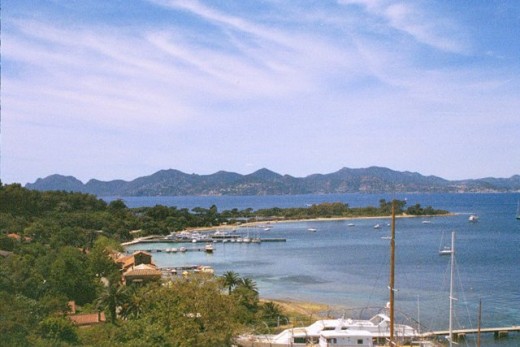
Toward the end of the 17th century, the fort was converted to use as a military barracks and prison. As is generally the case, where the troops are merchants follow. Such was the case with Ste. Marguerite, and a village, still fewer than two dozen buildings strong, soon followed.
Some of the island, just under two miles long and slightly more than a half-mile across, is privately owned, but a 15-20 minute ride on the ferry, Île Ste Marguerite continues to draw tourists from Nice or the Port of Cannes that makes the short trip a half-dozen or so times a day. It is a pleasant day trip for visitors to its museum, the island’s youth hostel, and day trippers who want only to enjoy a refreshing walk among the scrub pines and the lane of eucalyptus trees –after they see the cell of the Man in the Iron Mask, whoever he was.




